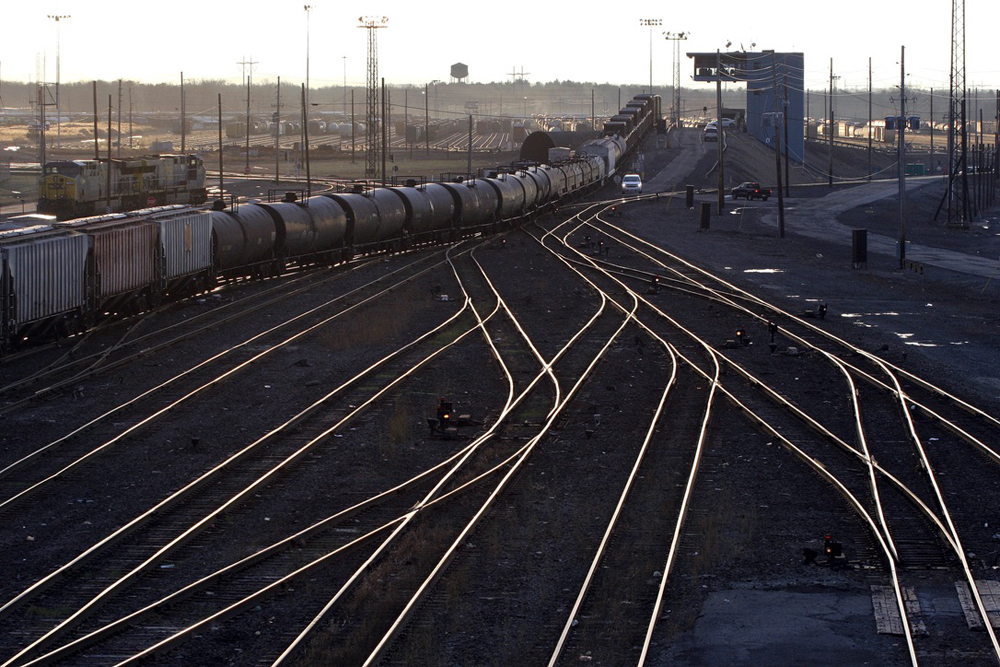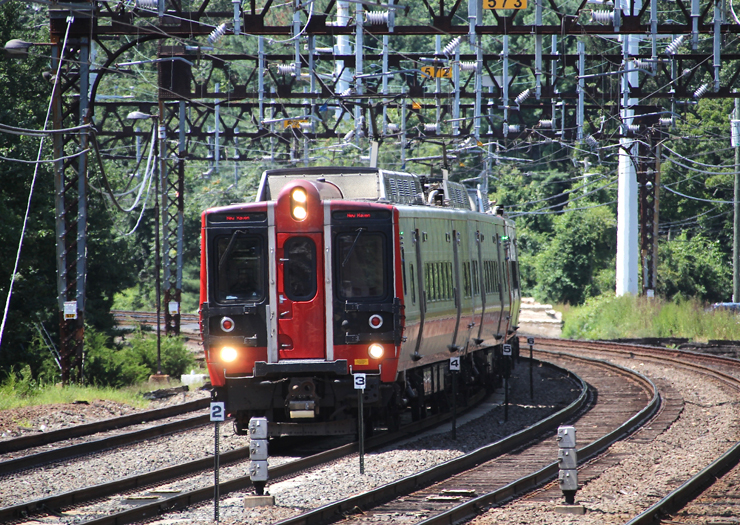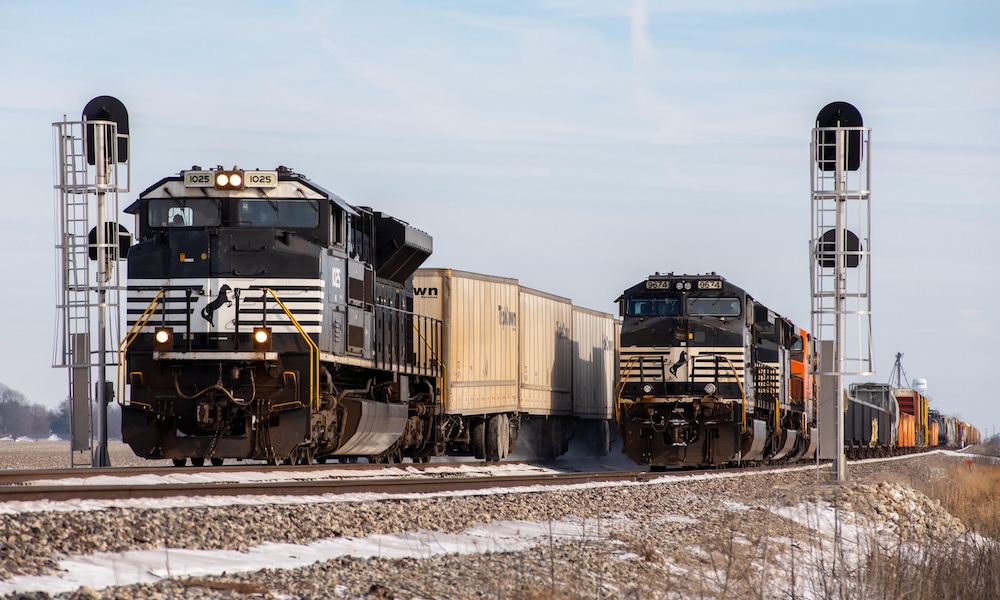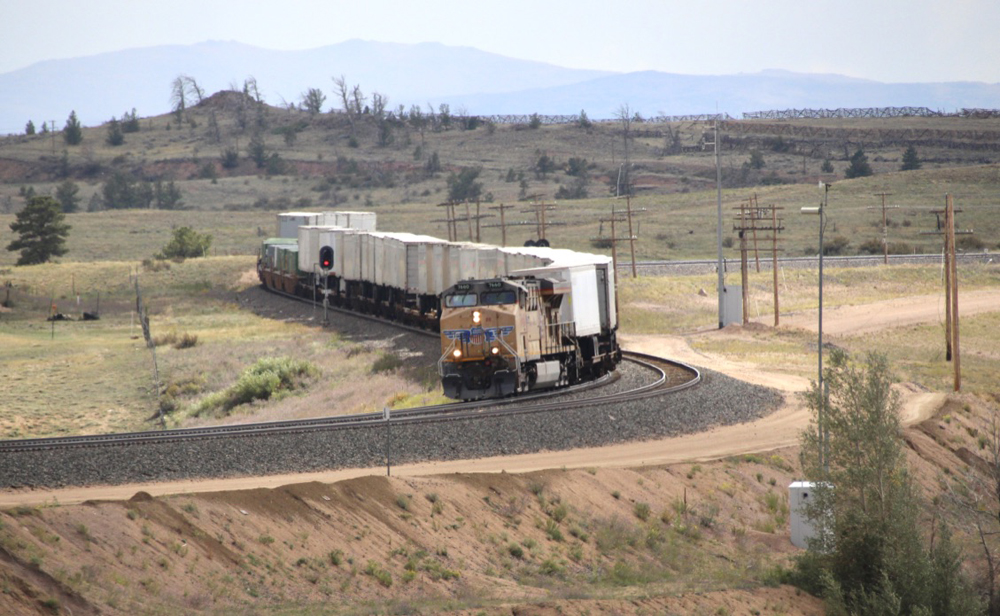
WASHINGTON – A Government Accountability Office report on Precision Scheduled Railroading says the impact of the low-cost operating model on safety and service is unclear.
The Federal Railroad Administration told the GAO that the data are inconclusive about how PSR-related operational changes may have affected safety across the industry. There’s no clear link, for example, between a railroad’s implementation of PSR and its rates of derailments and employee injuries.
Rail worker complaints to the FRA regarding safety issues have increased sharply, however, rising from 200 in 2020 to 500 in 2021 and nearly 400 in 2022 through July.
Railroaders and inspectors told the GAO that the combination of fewer maintenance employees and a focus on moving trains out of yards as quickly as possible has resulted in railroads deferring maintenance on track and equipment, the report says.
“Some FRA and state inspectors said that as a result of this deferred maintenance, in some locations, they have seen an increase in certain types of defects in equipment and track, such as broken wheels, which could lead to accidents and injuries,” according to the report, which was sent to Congress last month.
The Surface Transportation Board told the GAO that “the extent to which PSR-associated changes have affected freight rail service is unclear,” the report says. But shippers told the GAO that they had concerns about paying more for service that’s less frequent and less reliable.
“A shipper that used to receive service from a railroad five days a week may now receive service two days a week, with potentially more railcars at one time,” the report says. “Four of the seven Class I railroads told us that they chose to reduce the frequency of service to some smaller customers when the railroad could deliver all of the customer’s cars in fewer days of service.”
A lack of sufficient crew and locomotives has hindered railroads’ ability to recover from disruptions, one railroad and “other stakeholders” told the GAO.
“Most stakeholders we interviewed stated that—by reducing the number of staff and locomotives to increase asset use—railroads may have reduced the resilience of the rail network to respond to unexpected events such as extreme weather and the COVID-19 pandemic,” the report says.
The report, which looked at rail data from 2011 to 2022, was requested by Rep. Peter DeFazio, D-Ore., Rep. Donald Payne Jr., D-N.J., and Sen. Tammy Baldwin, D-Wis.














Precision Scheduled Railroading + Lowest Operating Ration = FAIL.
The railroads have never been in poorer operating condition since just before the creation of CONRAIL….
It sounds like GAO got the mushroom treatment from the rail industry. IE kept in the dark and fed only solid waste from a bull.
One can assume it is unclear as it is a government agency preparing the report.
GAO people probably know as little about railroad operations as someone on the street or in a headquarters building.
The impact on safety and service is unclear? How in the world could any sane person arrive at that conclusion unless he/she were under the influence of some very powerful hallucinogenics, or completely bought and paid for by entities that are trying to cover up the truth? News Wire has been full of stories about how key service metrics tanked after 2018, and well before the pandemic hit. You can’t lay off 1/3 of your workforce, close yards or convert them to flat-switching, and park a significant percentage of your motive power without adversely affecting performance. Shippers haven’t been asking the STB to intervene on their behalf because they’re pleased with the service they’re receiving.
One-third of the work force has been laid off. The other two-thirds of the work force will retire or quit.